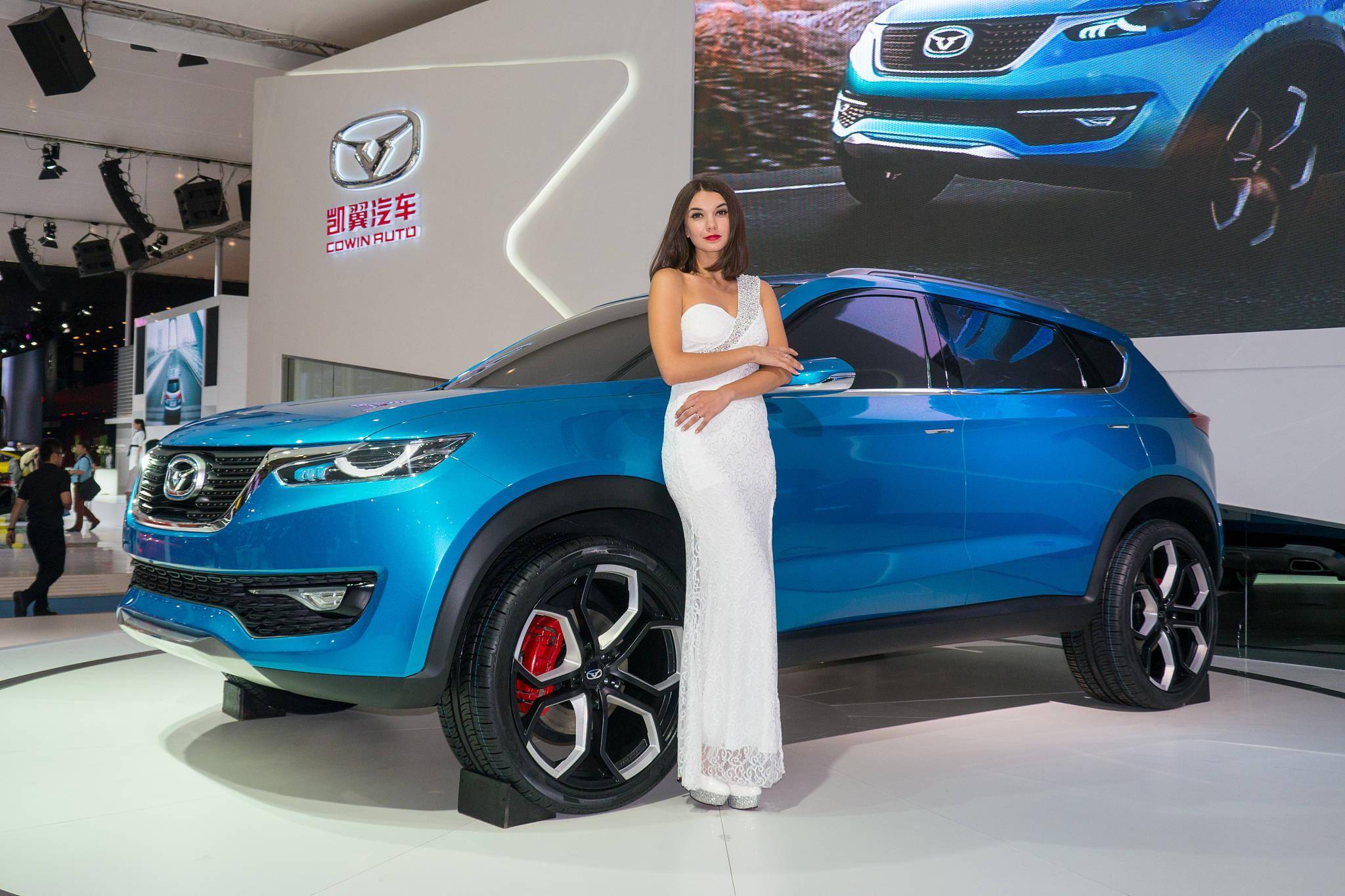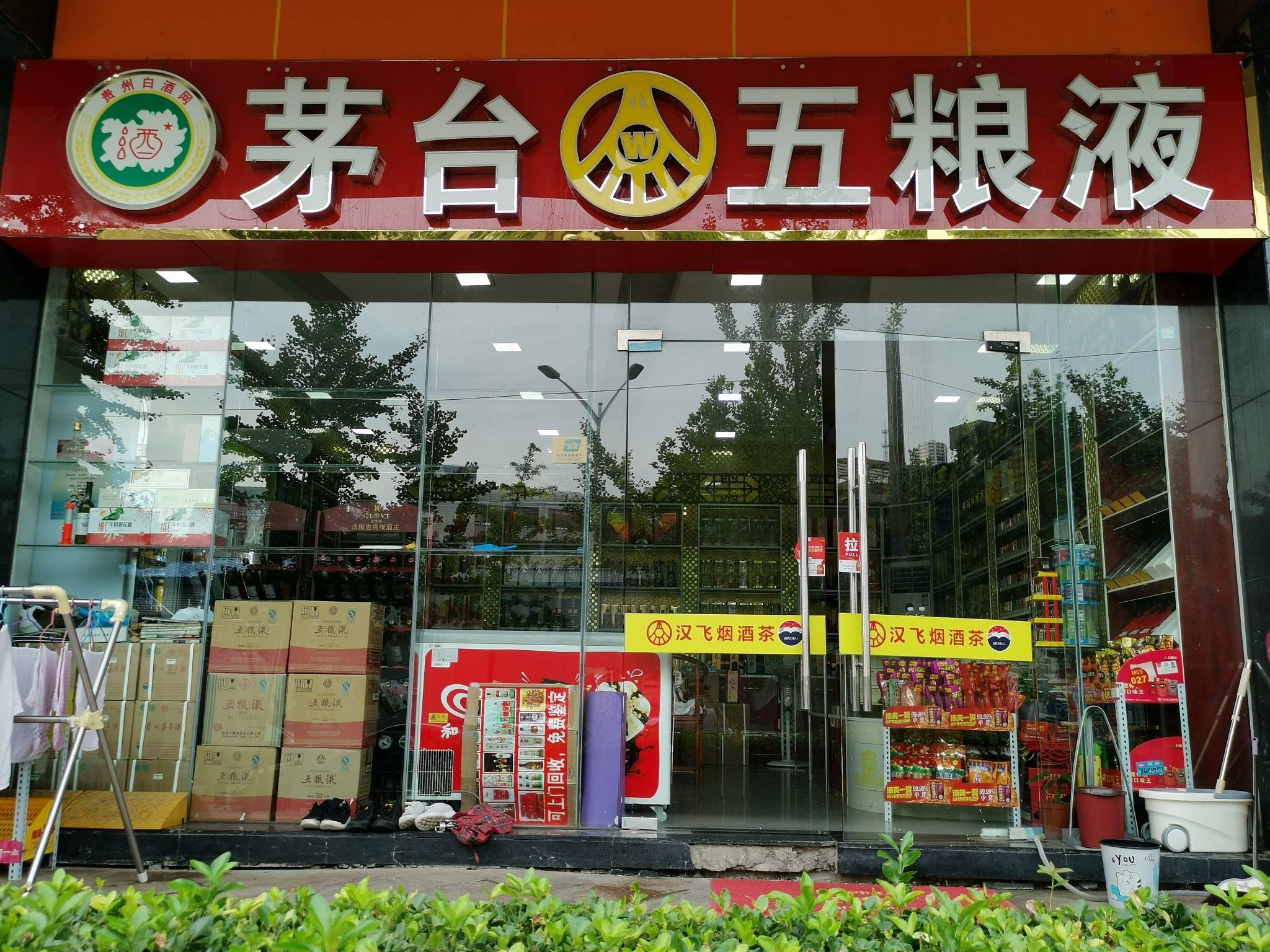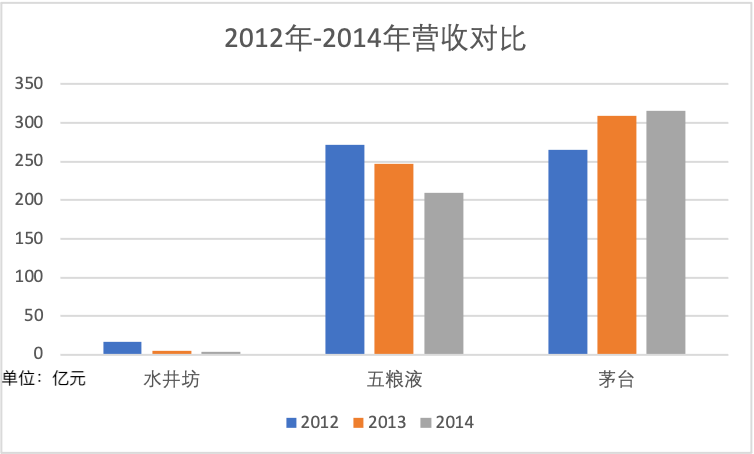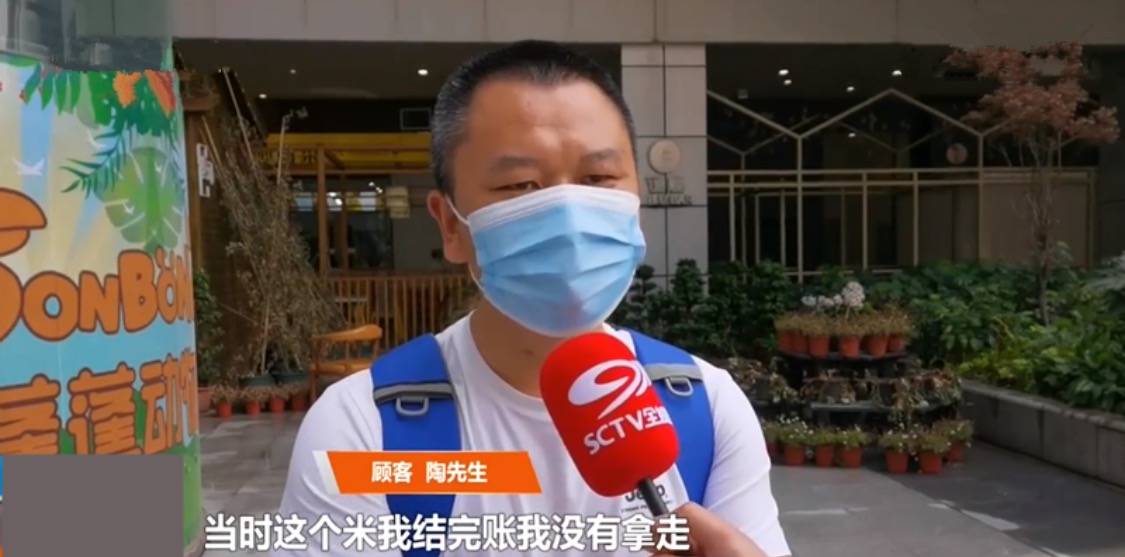By Ding Yuxin, AI Finance and Economics Agency
Edit | Sun Ming
With the upsurge of cross-border “car building” by major industry giants, the past of Wuliangye cross-border car building seems to have been forgotten by the industry. Three years ago, Wuliangye invested nearly 2.5 billion yuan to take a 51% stake in Kaiyi Automobile, and announced a 3.7 billion yuan investment in a smart car factory. However, from the perspective of market performance, the projects that have been heavily invested have not been recognized by consumers.
“We are selling Geely, not Kaiyi. These are two car companies and two brands.”
“Kaiyi hasn’t been bought for a long time. If you consider Xuanjie, you can take a look at the Tiggo 5X. The two cars are basically the same.”
On the 15th, AI Finance and Economics found two dealers in the Yangtze River Delta and Beijing-Tianjin-Hebei on the official website of Kaiyi Automobile, and asked whether they could buy the Kaiyi X3, and the other party responded as above.
Kaiyi Auto and Baoneng Auto have the same door, and both come from Chery Automobile, the former boss of independent brand auto companies. Under the drag of its diversified brand strategy, Chery has gradually fallen into the pit of losses for years. In 2017, Chery sold the Qoros car with a huge loss of 8 billion at a price of 6.5 billion. The following year, Yibin Capital, backed by Wuliangye, took over 51% of the equity of Kaiyi Auto with 2.494 billion yuan. When the trend of cross-border car building was getting stronger, it opened a prelude to the story of “drinking” and “driving”. However, the reality is not. It’s not as good as expected.

Planning for more than ten years, monthly sales of 600 units
Unlike Dong Mingzhu and Lei Jun, Wuliangye has been trying to build a car for a long time. In 2003, “Push”, a wholly-owned subsidiary of Wuliangye that produced supporting molds, began to produce automobile molds for Changan Automobile and a Japanese car company. Two years later, Push invested another 300 million yuan in Chongqing to produce automobile machinery molds and engines. Parts.
As an important piece of Wuliangye Group’s entry into the automotive market, Push Group is not content to act as a mold supplier. First, it invested in automotive engines in 2006 and purchased a 46.5% stake in Xinhua Internal Combustion Engine Group, a subsidiary of Brilliance. In 2009, it established Brilliance Mianyang as a joint venture with Brilliance and obtained the qualification for vehicle production.
The good times didn’t last long. In 2011, after the new chairman Tang Qiao took over Wang Guochun, he listed and transferred Xinhua Internal Combustion, which had been losing money for many years. Since then, Wuliangye bid farewell to automobile engines and the car manufacturing business has temporarily come to an end. But the new people and new policies. After Li Shuguang took over as the chairman of Wuliangye Group in 2017, Wuliangye announced that it would spend 2.494 billion yuan to buy 51% of Chery’s Kaiyi Automobile, and spend 3.7 billion yuan to build the Kaiyi Yibin Smart Factory.
Kaiyi, which was acquired by Wuliangye, has not been able to open the market since its birth. In the early days of its establishment in 2014, Chery packaged Kaiyi as a “crowd-sourcing car building” under the thinking of the Internet, which once attracted great attention. However, the actual sales volume in 2015 was only 24,000, 37,000 in 2016, and 41,000 in 2017, which is far from expectations.
With the blessing of leading liquor companies, Kaiyi’s annual sales volume declined instead of rising, falling to 24,000 units in 2018 and 27,000 units in 2019. In mid-2020, Kaiyi released Wuliangye’s first new car to show off the world, which is very similar to Chery Tiggo 5X. Some evaluations directly pointed out that the body proportions, waistline, and front and rear suspension lengths of Xuanjie and Tiggo 5X are almost identical, and the power system and interior configuration are also very similar.
The new model of Kaiyi will have a total sales of 33,000 units in 2020, an increase of 5,000 units year-on-year. Among them, the sales volume of Xuanjie was 21,779, and several other models all declined. Entering 2021, the monthly sales volume of Xuanjie has dropped to 1,060 units in January, and again to 634 units in February.
Although the monthly sales volume of the first car has fallen to 100 units, Kaiyi is still planning new products. Not long ago, the Kaiyi Xuandu declaration drawing was exposed. According to the data, Xuandu will be equipped with a 1498ml engine with a maximum power of 115kW. An industry insider pointed out to AI Finance and Economics that considering the current models of Kaiyi Automobile Configuration and parameter performance, this engine is expected to be the 1.5T of the Kaiyi X3.
“If the situation is true, it may be difficult for new products to achieve breakthroughs in product strength,” the person pointed out, “Except for the low-end price advantage of Kaiyi, there is not much improvement in branding, design, R&D, and marketing.”

“Drunkard” does not mean wine
As an A-share wine company that sits in the Shanghai and Shenzhen stock markets with Maotai, Wuliangye was once the top wine maker. In 2001, its revenue reached 4.742 billion yuan, almost three times that of Moutai during the same period (Moutai: 1.618 billion yuan). At that time, although the two heroes of baijiu were the best in terms of fame, Wuliangye was obviously better in terms of performance.
During the years when the champion jersey was added, Wuliangye gradually “expanded”, extending its capital tentacles to almost every inch of sight. In addition to the cars mentioned above, Wuliangye has also invested in CNC machine tools, real estate, hotels, plastics, medicine, import and export, environmental protection, daily chemicals, paper making, chips… But things are counterproductive, dozens of wholly-owned or controlling subsidiaries Very few companies generate revenue.
In addition to the diversified business that ended awkwardly, OEM liquor also consumed Wuliangye’s brand value. In 2006, according to statistics from an organization, Wuliangye owns more than 100 wine brands, whose prices are mainly between 30-80 yuan, and that 80% of the brand’s turnover accounts for only one-tenth of the total turnover of Wuliangye Winery.
Wuliangye, distracted from its main business, was finally overtaken by Moutai in 2008 in terms of revenue. In the following four years, although Wuliangye has turned the tide and returned to the throne of “revenue first”, the return on net assets has fallen sharply. Data show that in 2010, Wuliangye’s return on net assets was 16.996%, and Maotai was 39.677%. In 2012, Kweichow Moutai’s revenue was only a few hundred million yuan behind Wuliangye, but its net profit exceeded the latter by more than 3 billion yuan.
In 2013, the liquor industry ushered in an inflection point. Many high-end liquor companies, including Wuliangye and Shuijingfang, suffered heavy losses, but Moutai bucked the trend. From 2012 to 2014, Wuliangye’s revenue was 27.201 billion yuan, 24.719 billion yuan, and 21.011 billion yuan. Net profit attributable to its mother was 9.935 billion yuan, 7.973 billion yuan, and 5.835 billion yuan; Shuijingfang’s operating income was 1.636 billion yuan, respectively. 486 million yuan, 365 million yuan, net profit attributable to the parent of 338 million yuan, -154 million yuan, -418 million yuan. The operating income of Kweichow Moutai was RMB 26.455 billion, RMB 30.922 billion, and RMB 31.574 billion, and net profits attributable to the parent were RMB 13.308 billion, RMB 15.137 billion, and RMB 15.350 billion.

Image source: AI Finance and Economics
An industry insider who loves liquor told AI Finance and Economics that the reshuffle brought about by industry adjustments is the cause. The internal cause of Moutai’s growth against the trend is the scarcity of products and the financial attributes based on scarcity value. “Under the high-end positioning, The price difference between the market price and the ex-factory price protects Moutai’s profitability.”
Wuliangye, who was defeated, began to imitate Moutai’s high-end pace. The eighth generation of Wuliangye will be launched in 2019, and the strategic product “Super High-end 501” will be launched. In addition to the limited sale of 501 bottles each year, Wuliangye also claims to be the “Pearl in the Crown” in the advertisement. However, this has not reversed Wuliangye’s overall performance. The financial report shows that in 2019, Wuliangye’s annual revenue was 50.118 billion yuan, fulfilling the 50 billion yuan revenue target, but its sales volume was 165,100 tons, a year-on-year decrease of 13.67%, and its inventory was 15,800 tons, a year-on-year decrease. An increase of 22.06%. This means that Wuliangye, who wants to replicate Moutai’s high-end road, has fallen into a difficult situation.
In 2020, the liquor industry collectively broke out in the capital market. Kweichow Moutai once exceeded 3 trillion yuan, and currently ranks first with a market value of about 2.5 trillion yuan. Although Wuliangye is the second runner-up, its market value is only 1.1 trillion yuan, which is not as good as Maotai. half. The ambitions of the former leader come again, but the arena is no longer.
This article was originally produced by AI Finance and Economics, an account of “Finance World” Weekly. Please do not reprint it on any channel or platform without permission. Offenders must be investigated.





























































You must log in to post a comment.